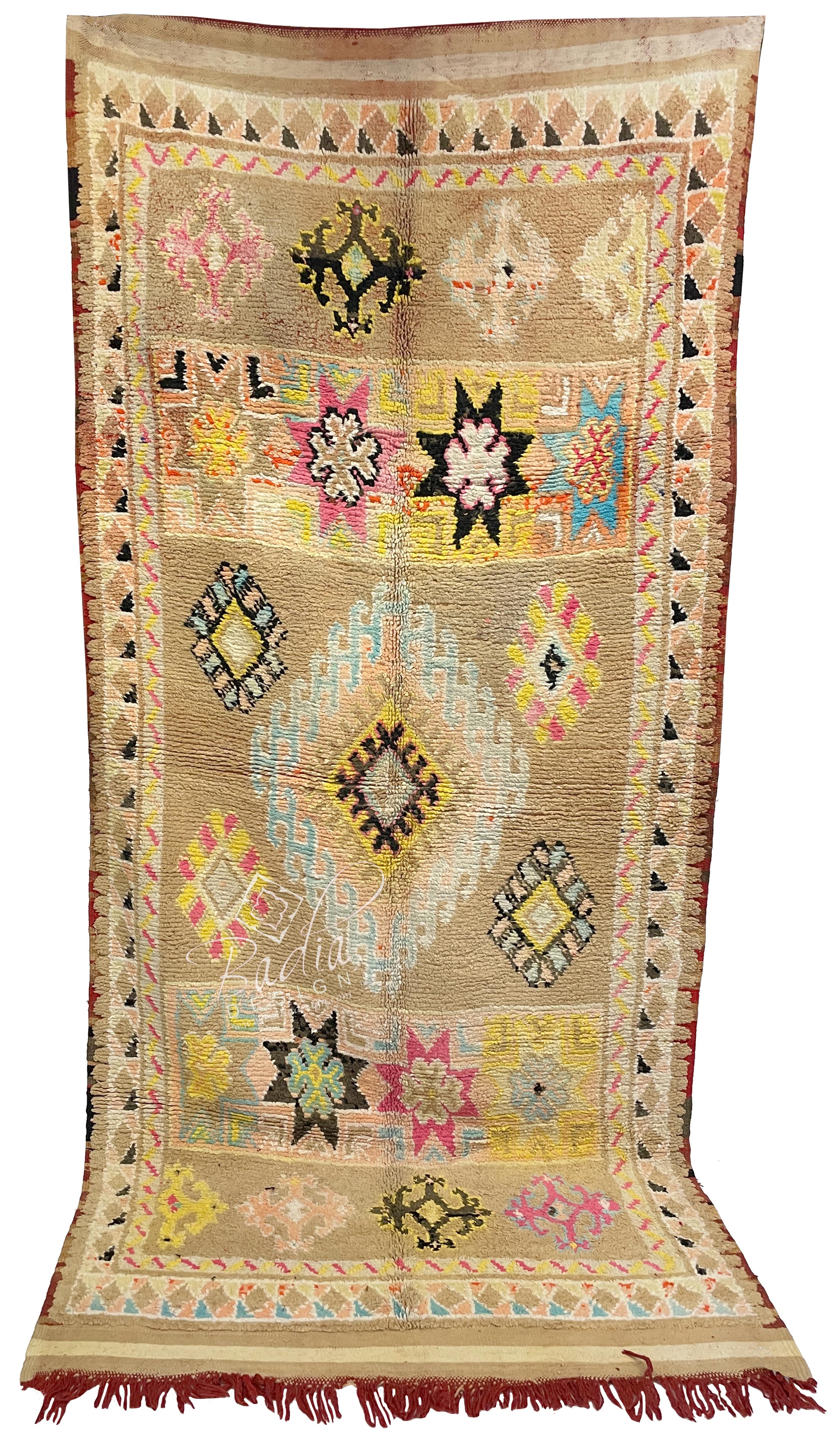Affordable Moroccan Berber Rugs
Affordable Moroccan Berber Rugs
Blog Article
Moroccan Berber Rugs: A Heritage of Craftsmanship, Culture, and Style
These rugs have enchanted people across the globe with their historical significance, intricate craftsmanship, and timeless design. Whether you are furnishing a cozy living room, a chic office space, or a luxurious hotel, these rugs serve as more than just functional items—they are pieces of art with a story to tell. In this article, we’ll explore the rich origins of Moroccan Berber rugs, the detailed artistry involved in their production, their renowned durability, and creative ways to incorporate them into today’s interiors.
These rugs originated with the ancient Berber people of North Africa, dating back centuries. These indigenous groups, with their deeply rooted traditions, crafted unique weaving methods as a practical response of their nomadic lifestyles and varied environmental conditions.
The symbols and motifs in these rugs narrate stories that are unique to the tribe or family of origin. Motifs often symbolize themes like protection, nature, or fertility, giving each rug a profound heritage. Historically, these rugs were made for practical use, offering warmth in the cold Atlas Mountains or serving as bedding in arid environments.
During the 20th century, these rugs were introduced to global design by architects such as Le Corbusier and Frank Lloyd Wright, who used them in renowned works. Today, their enduring charm and cultural richness make them a top pick for decorators and art enthusiasts worldwide.
The production of Moroccan Berber rugs is an elaborate art form handed down through generations. This craftsmanship embodies a deep connection to tradition and artistry.
Berber rugs are typically crafted from natural materials such as sheep’s wool, camel hair, or even cotton. Wool is especially prized for its soft texture, durability, and insulating properties. Artisans often hand-spin the wool, giving each rug a distinctive texture.
Weaving these rugs is an elaborate process, requiring great patience and effort on handcrafted weaving tools. The knotting style, from Beni Ourain’s plush textures to Azilal’s tighter weaves, dictates its overall quality and appeal.
Natural dyes derived from organic sources are used to create the vibrant colors found in many Berber rugs. Neutral shades dominate Beni Ourain designs, while brighter Azilal and Boucherouite pieces feature striking colors like red, blue, and yellow.
The longevity of these rugs is one of their biggest strengths. This makes them a practical investment for both residential areas and commercial spaces.
The use of premium materials ensures that Berber rugs retain their integrity over years of use. Wool’s natural flexibility and resistance to stains make it a perfect choice for lasting rugs.
Taking care of these rugs is straightforward. Regular vacuuming, spot cleaning with mild detergent, and occasional professional cleaning will keep them looking pristine for years.
Styling Moroccan Berber Rugs in Contemporary Interiors
Adding Moroccan Berber rugs to modern spaces is simpler than it seems. These rugs' adaptability allows them to suit various aesthetics, including minimalist and bohemian styles.
1. Anchor a Living Room
Use a large Beni Ourain rug as the centerpiece of your living room. The rug’s muted tones and clean lines bring cohesion to the space and exude coziness.
2. Add Color to Neutral Spaces
If your space leans toward a monochromatic or minimalist aesthetic, a vibrant Azilal or Boucherouite rug can introduce a pop of color and visual interest. These rugs work particularly well in neutral-toned rooms, where they serve as a focal point.
3. Layer Rugs for Texture
To create a warm, layered look, place a smaller Berber rug atop a larger rug made from natural fibers like jute or sisal. This combination not only adds depth and texture but also highlights the intricate details of the Berber design.
4. Enhance Workspace Aesthetics
Moroccan Berber rugs are perfect for adding elegance and warmth to professional spaces, including offices and lounges. Their handmade quality conveys a sense of luxury and authenticity.
5. Display Moroccan Berber Rugs as Decorative Art
Some Moroccan Berber rugs are so visually stunning that they deserve to be displayed as art. Displaying a Berber rug on a wall highlights its intricate design and cultural significance.
Reasons to Invest in Moroccan Berber Rugs
For both homeowners and businesses, Moroccan Berber rugs represent a blend of practicality, aesthetics, and cultural significance. These rugs are built to last, and their classic designs remain relevant despite evolving decor trends.
Sustainability in Moroccan Berber Rugs
Berber rugs are often made with environmentally responsible and sustainable techniques. Purchasing these rugs helps preserve artisan traditions while enriching your decor with sustainable beauty.
Increasing Value Over Time
Vintage Authentic Berber Rugs or unique Moroccan Berber rugs tend to grow in worth over the years. They are both functional decor and collectible assets.
 Report this page
Report this page